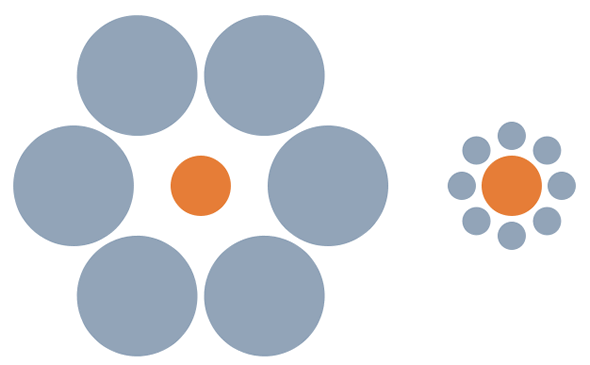PBS did had an one hour documentary on Apple’s Steve Jobs called “Steve Jobs: One Last Thing” — the video of which you can watch online in the link. This was in reference to the fact that when Jobs did product presentation, he tended to say “and one more thing” as part of his showsmanship in product presentation.
Steve Jobs had died on October 5th, 2011 of pancreatic cancer. Walter Isaacson released the biography of Steve Jobs 19 days later. It was Steve Jobs idea. Steve Jobs called Walter Isaacson and asked if Isaacson would write a biography of him. This was when Jobs found out about his cancer, but Isaacson was not aware of it yet.
Jobs picked the right guy for the job (no pun intended). Because Isaacson had written about Albert Einstein, Benjamin Franklin, and Kissinger. Isaacson is CEO of the Aspen Institute and has also been Chairman and CEO of CNN and the managing editor of TIME. In part, Jobs asked Isaacson
Jobs cooperated with the book, but left the control of the book in Isaacson’s hand — it is Isaacson’s book. Isaacson interviewed over 100 people for the book including Jobs family members, friends, colleagues, and even adversaries. Isaacson also did over 40 interviews with Jobs himself.
After the book came out, Isaacson was in the media talking about Steve Jobs. Some of which you can see on PBS, 60 Minutes, and NPR.
Terry Gross of Fresh Air on NPR talked with Isaacson about the biography. Isaacson said that Jobs is able to connect art with technology and was able to take a concept into reality.
In the media, you can learn some of the difference between Apple’s Steve Jobs and Microsoft’s Bill Gates. Both Jobs and Gates were born in 1955 and both dropped out of college. But they are different. Jobs was into Zen Buddhism and knows what appeals to people. But he did not know how to program. Gates did.
Although Jobs knew the concepts of Zen, he did not have the calm of Zen as evidenced by the fact that sometimes he would become very angry.
Microsoft and Apple are rivals, but there were collaboration as well. In the PBS documentary, you can see footage of both Jobs and Gates on stage — and you can see that they both had respect for each other.
